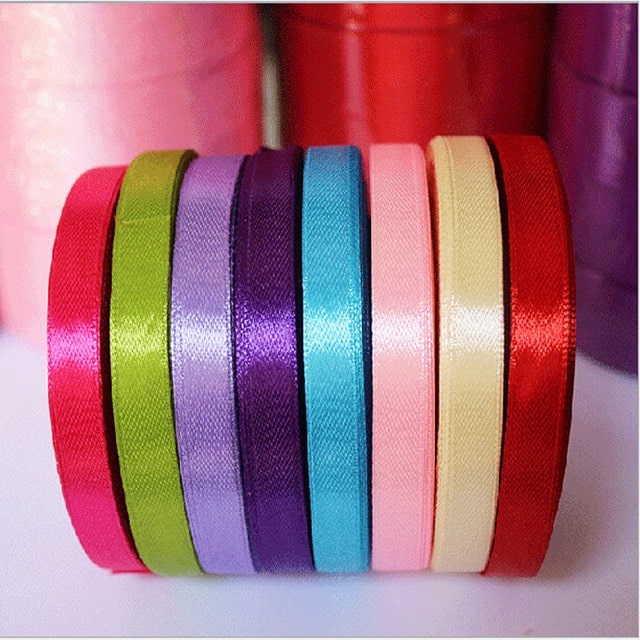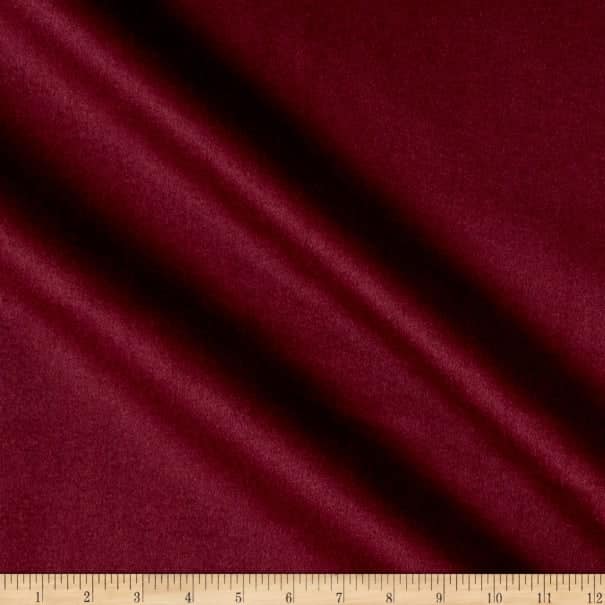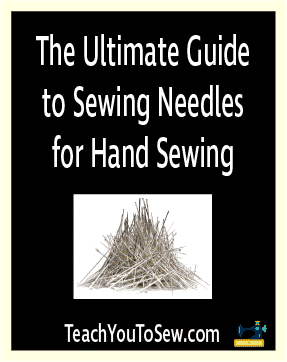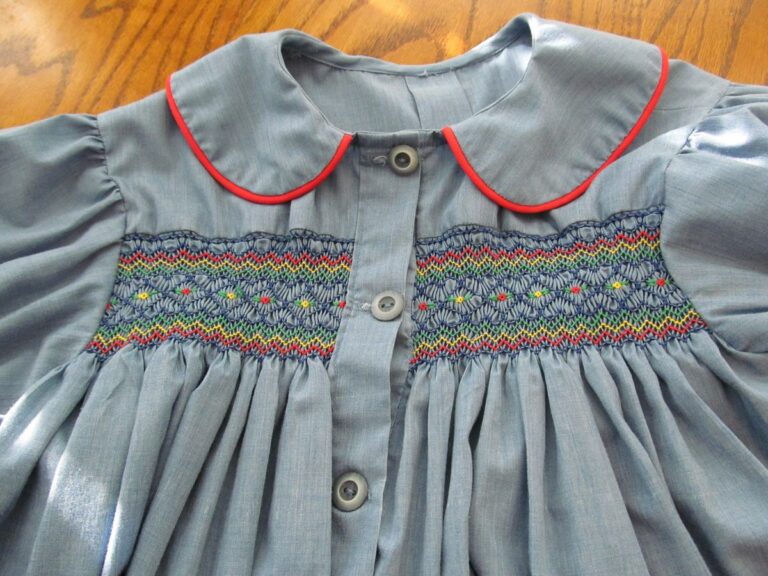Understanding the Different Embroidery Fabrics on the Market
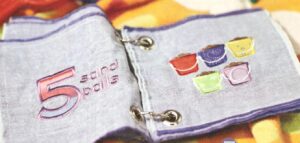
And there are certainly some fabrics that are much better options than the others when working on an embroidery project. The two main categories of fabrics that are believed to work best for embroidery projects are evenweave fabrics and plain weave fabrics.
So let’s understand these two categories and the specific embroidery fabrics that fall under them.
Table of Contents
Evenweave Fabric
Evenweave fabric can be any type of fabric, including cotton, polyester, acrylic, linen, as well as blended fabrics, but in a woven state. Being woven is the most unique feature of an evenweave fabric.
However, something that makes this type of fabric easily stand out is that there are the same number of embroidery threads in both directions, leading to a very uniform, neat look for the finished product.
The thickness of these fabrics is always the same as well, making them soft, smooth and stronger than most other types of fabrics. This makes them ideal to be used for making things that will receive a lot of wear.
Similarly, as these fabrics are woven, they allow stitching between single thread, making them more functional and increasing their possible uses. Talking about their uses, the tightly woven evenweave fabrics are typically used for any embroidery projects based around hand embroidery techniques, while the loosely woven ones are usually preferred for pulled thread embroidery, drawn thread embroidery and counted thread embroidery projects.
We recommend purchasing your fabric at Amazon.com or Fabric.com.
Types of Evenweave Fabrics
While there are quite a few different evenweave fabrics, we will only take a look at the most common, most useful ones below.
Aida Cloth
If you’re new to hand or machine embroidery work, then aida cloth may turn out to be your best bet. It’s very beginner-friendly to use, easily available both online and offline, and is also surprisingly cheap for the kind of features and quality it brings to the table.
It’s a 100% cotton fabric with weaves that feature a group of threads with the holes being placed at the centers. Each weave is counted as a single thread.
When you sew on this fabric, the stitches wrap themselves around the (group of) threads. The biggest advantage the aida cloth offers as an embroidery fabric is that you can easily see where the thread is going, thanks to the threads having a very small amount of space between one another.
This goes a long way in helping you stay on top of your work, which is crucial when working on an embroidery project, as well as ensuring a much better accuracy than you could while using other types of fabrics.
Another advantage of the aida cloth is that it comes in a huge variety of counts and colors, with the counts ranging from 8 to 20, and the black embroidery fabric being a popular choice due to its attractiveness.
Something important to note here is that the higher the count, the smaller your work will get. This piece of information may come in handy when working on some specific embroidery tasks.
If you’re looking for something to use for a hand embroidery project, the 14 count aida cloth will be the perfect option.
However, it’s not that the aida fabric doesn’t come with any downsides. It’s not a very good option for anything that involves some type of specialty stitches or cutwork embroidery.
While it usually works great as a cross stitch fabric, the fractional stitches can get challenging. It’s also a bit on the stiffer side and prone to fraying.
However, you can find softer aida fabrics too, and finish the edges before starting to use the fabric to prevent the fraying.
We recommend purchasing your fabric at Amazon.com or Fabric.com.
Fiddler’s Cloth
This fabric is basically a mixture of polyester, cotton and linen, with 50% cotton, 42% polyester and 8% linen to be specific. It too boasts a clear thread count similar to the aida cloth, making it as easy to sew on as the latter.
Its rough textured surface is pretty attractive, and would work for making anything that needs to have a decorative look and feel. It’s available in 14, 16 and 18 counts.
You may find our Sewing Dictionary useful!
Jobelan
This is another blend fabric, consisting of 50% cotton and 49% polyester. However, it’s one of the heavier evenweave fabrics out there. It offers a lot of variety, with its count range being an impressive 16 counts to 32 counts.
Like most fabrics discussed in this post, it has a unique feature as well, with every other of its holes being larger than the previous one, helping it being much more prone to wrinkling than most other fabrics.
We recommend purchasing your fabric at Amazon.com or Fabric.com.
Plain Weave Fabrics
There’s nothing very unique about plain weave fabrics except that all of their threads are both over and under, in both directions. These fabrics can also be evenweave fabrics, but it’s not always the case.
Cotton
Cotton is one of the most popular types of plain weave fabrics, with the single thread cotton being both a plain weave and evenweave fabric. It often turns out to be a great choice for anything that involves pulled thread and drawn thread work.
However, unlike the evenweave fabrics we walked you through above, it’s difficult to see where your needle is going when using cotton. This makes it a better option for free style embroidery than an embroidery project that’s based around counted stitch work.
We recommend purchasing your fabric at Amazon.com or Fabric.com.
Linen
Embroidery fabric linen is both a plain weave and evenweave fabric as well, but not many other types of fabrics can match its looks.
However, the great looks come with an uneven surface, though it shouldn’t be much of a problem when working on decorative stuff. Another disadvantage of linen is its expensive price tag, but for many its attractiveness makes it well worth it.
Canvas
It’s typically used for embroidery projects that are known as needle point in technical terms. It features an open mesh construction and thick threads that cover the large spaces.
Canvas comes in two types – one that has two threads twisted together and another with a simpler single thread construction.
We recommend purchasing your fabric at Amazon.com or Fabric.com.
Check Today's Price on Amazon
Head on back to Chapter 5: Fabric 101! Or check out our guide to sewing machines!



